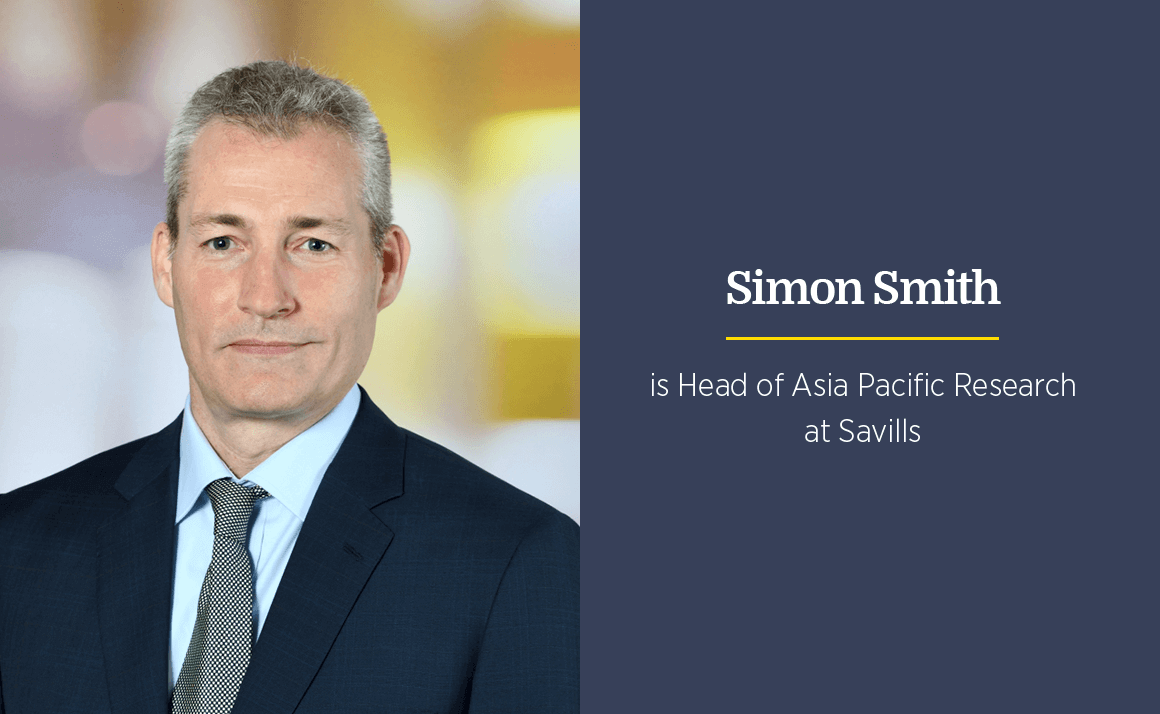
A new wave of Asian outbound investment
The COVID-19 pandemic and the measures taken by governments to contain it have severely damaged economic growth the world over and Asia has by no means escaped unscathed.
However, being hit earlier means Asian nations are emerging from the crisis earlier and this is reflected in their growth prospects. The IMF is predicting 8% GDP growth in 2022 for Emerging & Developing Asia, alongside 8.2% growth for China and 8.8% for India. This compares with 3.9% for the advanced economies, 3.1% for the US and 5.2% for the world as a whole. China is even expected to record positive growth of 1.9% this year, which is better than the Eurozone did in 2019.
The post-pandemic environment is also going to be different in Asia. Many Asian nations, including China, South Korea and Japan, seem to have dealt with the pandemic efficiently and had more success with measures to track and control the spread of the virus. This has been a confidence booster, as has the return to workplaces and social gatherings that can be seen all over the region.
In contrast, the pandemic has led many observers in North America and Europe to paint a gloomy picture of the future. The dean of the Wharton School of the University of Pennsylvania, an Ivy League business school, claimed earlier this year that the pandemic will “reverse the trends of globalisation and urbanisation” and many other commentators are predicting a move away from gateway cities in the developed world. The death knell of the City of London has been sounded in UK newspapers, while author and former hedge fund manager James Altucher proclaimed that New York is “dead forever”.
Yet in Asia, the city remains as strong as ever and urbanisation is set to continue, not just in developing nations with a lot of catching up to do, but in developed nations such as Japan, where people continue to move to larger cities from the provinces. However, it is not just that Asia is confident about itself, but that it has more confidence in the long term future of global gateway cities than many of those cities’ inhabitants. Hong Kong, Singaporean and Chinese investors continue to show strong interest in London and in other gateway cities. South Koreans were the biggest spenders outside Asia in 2019 and still have capital to deploy.
This is a rather more reasonable approach than claiming a virus outbreak undermines the very concept of the world city. Humanity has been gathering in cities ever since we learned to build them and they are drivers of collaboration, innovation, wealth and culture. Similarly, positive news about a vaccine suggests the hiatus from world travel could soon be over.
The post-pandemic recovery offers an opportunity for Asian buyers to get in early to gateway cities around the world, just as Korean buyers were early into London after the global financial crisis. One of the iconic post-GFC deals was the National Pension Service of Korea’s purchase of HSBC tower in London’s Canary Wharf in 2009. When it sold in 2014, NPS made a $877m profit. Where will the first iconic real estate deal of the post-pandemic world be struck?
Further reading:
Savills Hong Kong research
Contact Us:
Simon Smith



